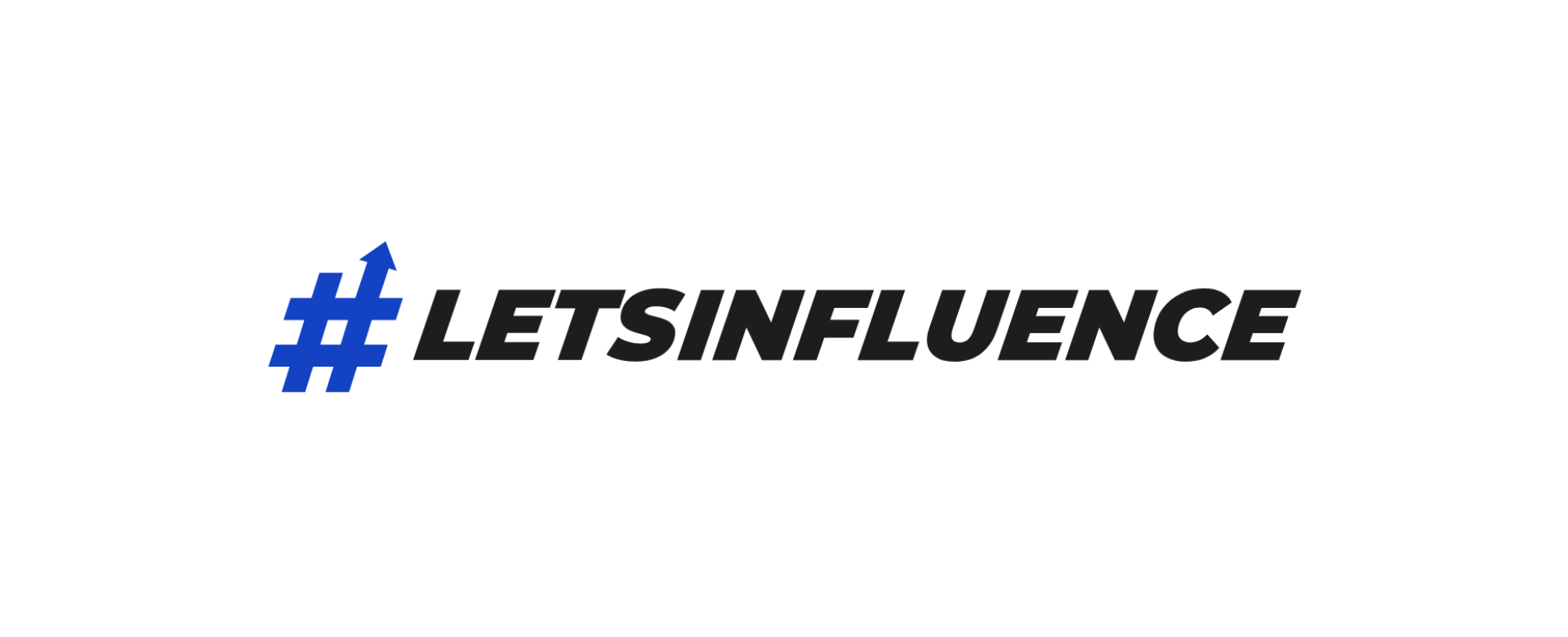
A traditional advertising agency provides a range of marketing services that are designed to help companies connect with their target audiences. A traditional advertising agency can create and execute an ad campaign. It may also provide print and digital advertising materials. These agencies can be a valuable resource to businesses trying to reach their customers. Although most agencies are located in big cities, some have local offices and specialize in media. Many times, these agencies are able to work with media such as social networks online.
Although they are costly, traditional marketing agencies often produce impressive results. They are often unable to track the audience who sees ads on television or billboards, making it difficult for them prove the ROI of their campaigns. Another option is to find a digital marketing company that specializes only in online advertising. This company is perfect for companies looking to increase traffic and visibility on the Internet.
The marketing process involves identifying the customer's needs, then finding the best way of meeting them. Market research can help you do this. Marketing agencies are extremely efficient and have teams that work on both strategy execution. There are a few exceptions, but they generally charge between $2000-$25,000 per month.

There are two types of traditional advertising agencies: in-house and standalone. In-house agencies are primarily owned by a single client. This type can work within an existing business, making communication much easier. Or, an agency can be set up on its own. They are therefore a smaller portion of the overall market.
Traditional advertising agencies specialize in the same media channels as media networks. A global network is the largest type of this type, with hundreds of offices in different parts of the globe. Global networks are a good choice for multinational clients, as the marketing message is consistently translated across countries.
Traditionally, advertising agencies have been run by large public corporations. The industry has evolved dramatically in the past decade. It is dominated today by a few "big five" holding corporations, which control the majority of the independent agencies. The number of different agencies that provide services has increased considerably since the 1980s. However, the overall industry structure has become more standard.
Deloitte (and Accenture), PwC (and WPP are some of the most powerful names in modern marketing include PwC, Accenture and PwC. Each agency has a unique specialty but all share responsibility for creating and executing large marketing strategies for clients. All of these agencies are capable of producing outstanding ads, but each works differently from the next.

Advertising agencies are now the bridge between businesses and media. They are tasked with the responsibility of planning and executing marketing campaigns, as well as the quality assurance of those campaigns.
FAQ
What is the basic purpose of advertising?
Advertising is more about connecting with customers than just selling products.
Advertising is about communicating values and ideas to people who are interested in your products or services. It is about changing attitudes and minds. It's all about building relationships.
It's all about making people feel good about themselves.
But, if you don’t have a clear understanding of your customers’ needs, you will not be able sell anything.
It is essential to first understand the needs and purchasing habits of your customer before you embark on any advertising project.
Then, you can create ads that resonate.
What does it mean to be an advertiser buyer?
An advertiser buys advertising space on TV, radio, print media, etc.
An advertiser pays for the time they want their message to appear.
They don't necessarily look for the best advertisement, but instead seek out the most effective way to reach their target market.
An advertiser might have information specific to their potential customers such as age and gender, marital status or occupation, hobbies, interests, income, etc.
The advertiser can use this data to determine which medium will work best for them. An example is direct mail that appeals to older people.
Advertisers also check out the competition. Advertisers might place their ads near similar businesses if they see them.
Advertisers should also consider how much money they have available and how long it takes to use it.
What are the basics of print advertising?
Print advertising can be a powerful medium for communicating with customers. Many companies use it to promote products and services. The goal is to get the consumer's attention.
Print ads are usually short (one page) and contain text, pictures, logos, and other graphics. You may also find sound, animation, video and hyperlinks.
These are the main types of print ads:
1. Brochures - Large format printed brochures are used to draw people in to stores. Brochures can often be adorned with brightly colored images and eye-catching designs.
2. Catalogues: These are smaller versions or brochures. They are sent to customers who have requested specific information.
3. Flyers – These are small pieces made of paper that are distributed at events, such as fairs or concerts. They are generally free but must be paid for if they are handed out at retail outlets.
4. Posters – These are larger versions than flyers. They are often displayed on walls, fences, or buildings. These are often created with computer software programs to grab the attention of passersby.
5. Direct mail - This refers to letters or postcards mailed directly to potential customers. These are sent to customers periodically by businesses to remind them about their business.
6. Newspaper Ads are placed in newspapers and magazines. These are typically quite long and often contain text as well images.
What is radio advertising?
It is important to understand the interdependence of different media types. The most important thing to remember is that all forms of media are complementary rather than competitive.
Radio advertising is best when used in conjunction with television. Radio complements television advertising by reinforcing key messages or providing additional information.
TV commercials are often too long for radio listeners. Radio ads are usually shorter and less expensive.
Advertising: What is it?
Advertising is an art form. Advertising is not about selling products. It's about creating emotional connections between people and brands.
Advertising is about communicating ideas through images and stories.
Communication must be clear and persuasive. You must tell a story that is relatable to your target market.
This makes advertising different from other forms of communication, such as public speaking, writing, or presentations.
Because when you create a successful ad campaign, you are creating a brand identity for yourself.
This is how to be remembered. You become someone who people want to remember.
What should you know about TV advertising?
Television advertising is a very effective medium to reach many people at once. It was also quite expensive. It is powerful, however, if it is used well.
There are many different types of TV ads, but they all have certain common characteristics. Planning any TV ad should start with ensuring it fits in its category. Do not attempt to run a lifestyle advertisement as a product advert. Your message should stay consistent throughout the campaign.
A second important thing to keep in mind is that prime-time hours is the best time to air ads. This is because viewers tend to watch TV while sitting down in front the television. You want them relaxed enough that they can focus on you words.
Finally, just because you've a lot of money doesn't mean you'll get great results. In fact, the opposite may be true. A study conducted by the University of California found that commercials aired during popular shows were less likely to sell products than those aired during unpopular shows. If you spend a lot of money advertising on TV, make sure it's done right.
How can I select my target audience?
Start with yourself and those close to you. If you don't know where to begin, ask yourself, "who am I trying to reach?"
Ask yourself these questions: Who do you consider the most influential in your industry? What problems do they deal with daily? What are their top talents? Where do they hang out online?
Go back to the beginning when you started your business. Why did your start? What problem did you solve for yourself, and how did you do it?
These answers will help identify your ideal clients. They will also reveal their personality and reasons for buying from them.
You can also look at your competitors' websites and social media pages to find clues about whom they cater to.
Once you identify your target customers, then you must decide which channels to use to reach these people. An example: If you provide services to realty agents, you may create an informational website for home buyers.
A blog could be created if your software is offered to small businesses.
A Facebook page for teens could be set up if you are a clothing seller. If you own a restaurant, you can set up a twitter account to provide information for parents searching for child-friendly options.
The important thing is that you have many options for getting your message across.
Statistics
- Advertising spending as a share of GDP was about 2.9 percent. (en.wikipedia.org)
- Advertising's projected distribution for 2017 was 40.4% on TV, 33.3% on digital, 9% on newspapers, 6.9% on magazines, 5.8% outdoor, and 4.3% on radio. (en.wikipedia.org)
- It collects money from the advertisers, keeps 32% for its role in facilitating the process, and the remaining 68% goes to the publisher (you). (quicksprout.com)
- In 1919 it was 2.5 percent of gross domestic product (GDP) in the US, and it averaged 2.2 percent of GDP between then and at least 2007, though it may have declined dramatically since the Great Recession. (en.wikipedia.org)
External Links
How To
What is the best way to advertise on Google?
AdWords, Google's advertising platform, allows businesses to buy ads based upon keywords they wish to target. Setting up your account is the first thing. The first step is to choose a campaign title, budget, ad type (text/image, video), and keywords. Then you bid on those keywords. If someone clicks on one of your ads, you pay only if the click comes from a person who searched for one of your targeted keywords. This way, you get paid even when people don't buy anything.
Google has many tools available to make sure your ads are effective. These tools include Ads Preferences Manager and Keyword Planner. These enable you to determine what is most effective for your business.
A keyword planner helps you determine which keywords to use for your campaigns. It will also show you the competition for keywords and help you decide if you should spend money bidding.
You can use Ads Preferences Manager to change settings like the maximum number of impressions per day and the minimum cost per click.
Analytics allows you monitor and compare the performance to your ads against other companies. Reports can be viewed that compare your ads to others.